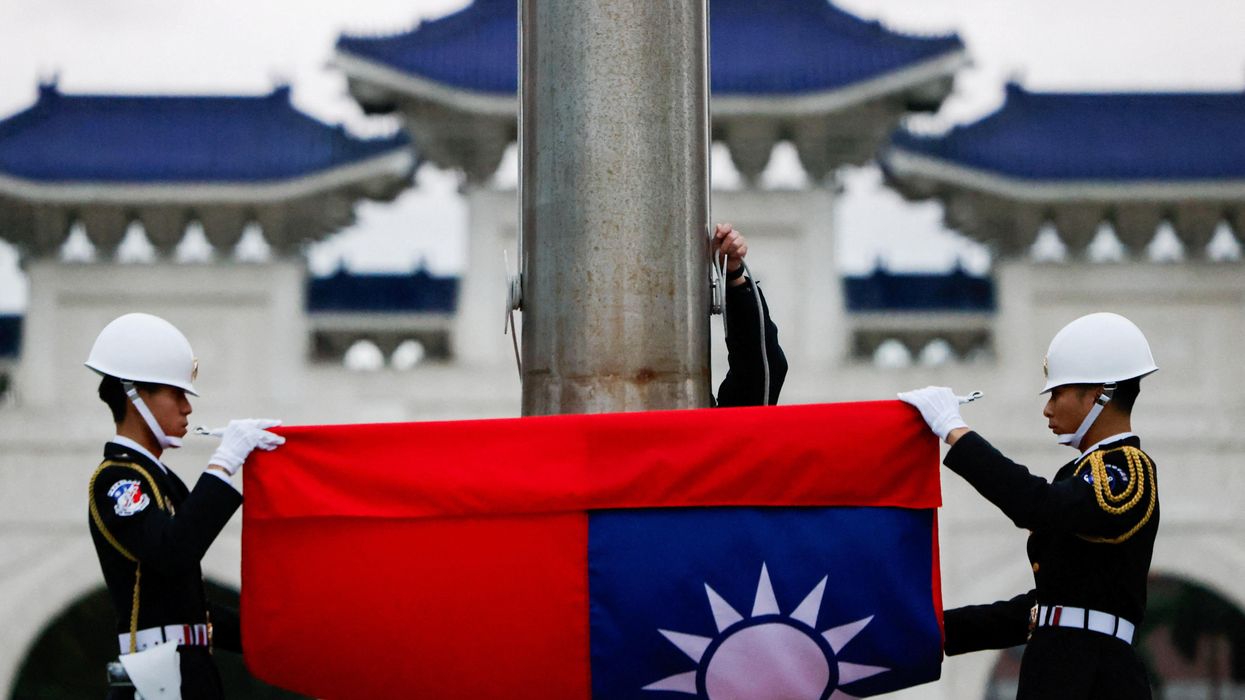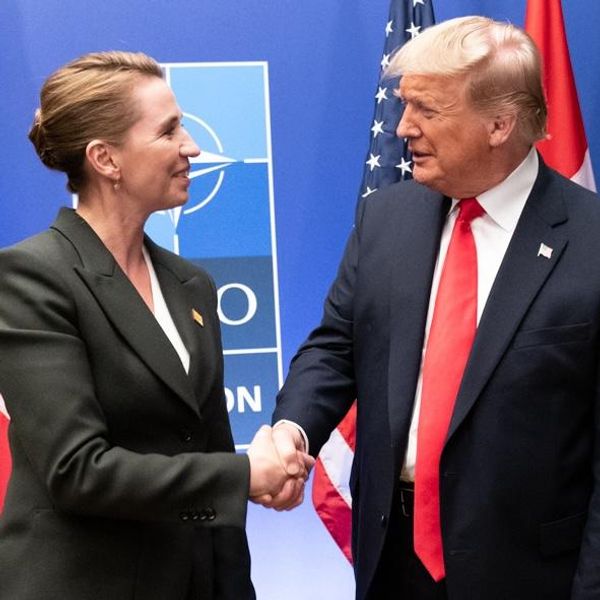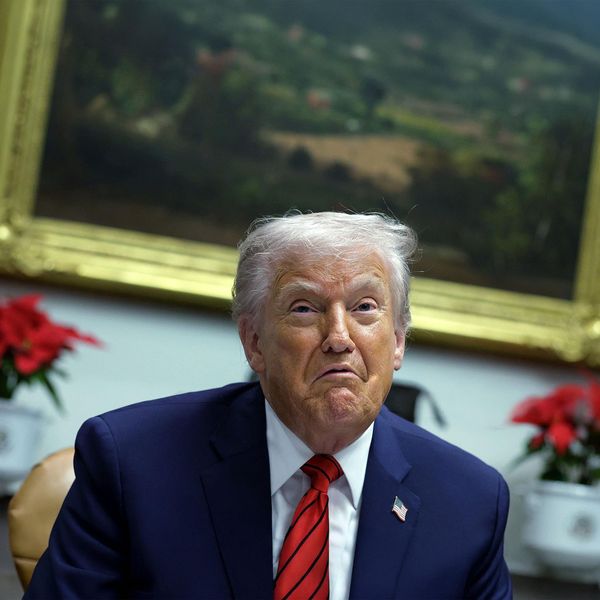Does your local police department really need access to military-grade weapons, like grenade launchers, assault rifles, and mine-resistant, ambush-protected vehicles? Probably not. But because of the federal 1033 program that enables the military to transfer weapons and equipment directly to local authorities, police departments across the nation have obtained over 300,000 items in the last 24 years — with little government oversight.
The program’s consequences are dire, with increased police shootings and decreased trust in local law enforcement. Yet, according to researcher Stephen Semler of the Security Policy Reform Institute*, $34 million worth of equipment has already been transferred from the Pentagon to local law enforcement this year. President Biden could put a stop to all this, but, despite campaign promises to end police militarization, he has thus far chosen not to.
This inaction has sparked two dozen House Democrats, led by Georgia Representative Hank Johnson, to issue a letter to Biden, calling on him to ban military grade weapons transfers to local law enforcement.
The 1033 program started in 1997 as part of the National Defense Authorization Act. And since then, it has become quite a hot commodity for local police departments looking to arm their officers for… battle? And therein lies the central problem: The role of local police is not military, but this program treats police officers like soldiers, despite their lack of appropriate equipment training. When trained military members access this gear for fighting wars and terrorism, that’s one thing. But police simply don’t receive the same training as soldiers. And despite this problem, the program continues to grow, even in 2021.
One in three police departments in the United States have used the program to obtain military gear, according to the Institute for Transparent Policing. About $1.7 billion worth of military gear has been transferred through the program thus far. And once the gear is actually transferred out of the federal government's hands, oversight stops.
The ultimate solution is for Biden to abolish the 1033 program through an executive order. After all, during his campaign he said he supported a proposal “to stop transferring weapons of war to police forces.” That’s a good idea for a lot of reasons. Police militarization doesn’t make the public safer and hasn’t proven to actually reduce crime. If anything, it hurts police reputation and puts the public more at risk of police violence.
One study found “a positive and statistically significant relationship between 1033 transfers and fatalities from officer-involved shootings across all models.” Capping violence is reason enough to put a stop to the program. But even if it’s not completely abolished, it needs to at least be regulated.
So why hasn’t Biden done this already?
Semler argues that he is retreating due to the political pressure exerted by the powerful police unions that have been enthusiastic supporters of the program. So, rather than siding with the safety of the American people, the 1033 program may not be touched at the federal level. This would be disappointing, especially after the summer of 2020 where police used excessive military gear to respond to protests and riots across the country. But there’s still room for state and local governments to act to ensure their local law enforcement is kept in check.
Local and state governments aren’t always made aware of the military gear their police departments are obtaining. Even if they do know, most states haven’t taken steps to regulate what is approved for use or not — it’s instead left up to the internal leadership of the police department.
For the sake of transparency and accountability, departments should gain local government approval before accepting any weapons or equipment from the 1033 program. This gives the opportunity for law enforcement to justify their request and demonstrate why they have a legitimate need for the equipment. It also allows the public a chance to express their concerns about the risks posed by police militarization. In the end, local governments can weigh the arguments of both sides and make an informed decision through a democratic process.
Equipping local law enforcement with military gear correlates with higher fatalities, meaning by continuing this program, Americans are at higher risk of police violence. And it fails to make communities any safer. Semler adds that Biden could wait for Congress to abolish the federal code that enables the 1033 program, which they will have to do in order to put a permanent end to the program. But in the meantime, he can use his executive power to put an immediate suspension to 1033 program transfers. If he doesn’t, he’s choosing to enable more violence, and turn a blind eye to the consequences of something he has complete power to change. It’s time for Biden to prove he is more than just talk when it comes to positive criminal justice reform. This is the perfect way to do it.
*Editor's Note: this story has been updated to emphasize the proper attribution of research data used in the article.
















